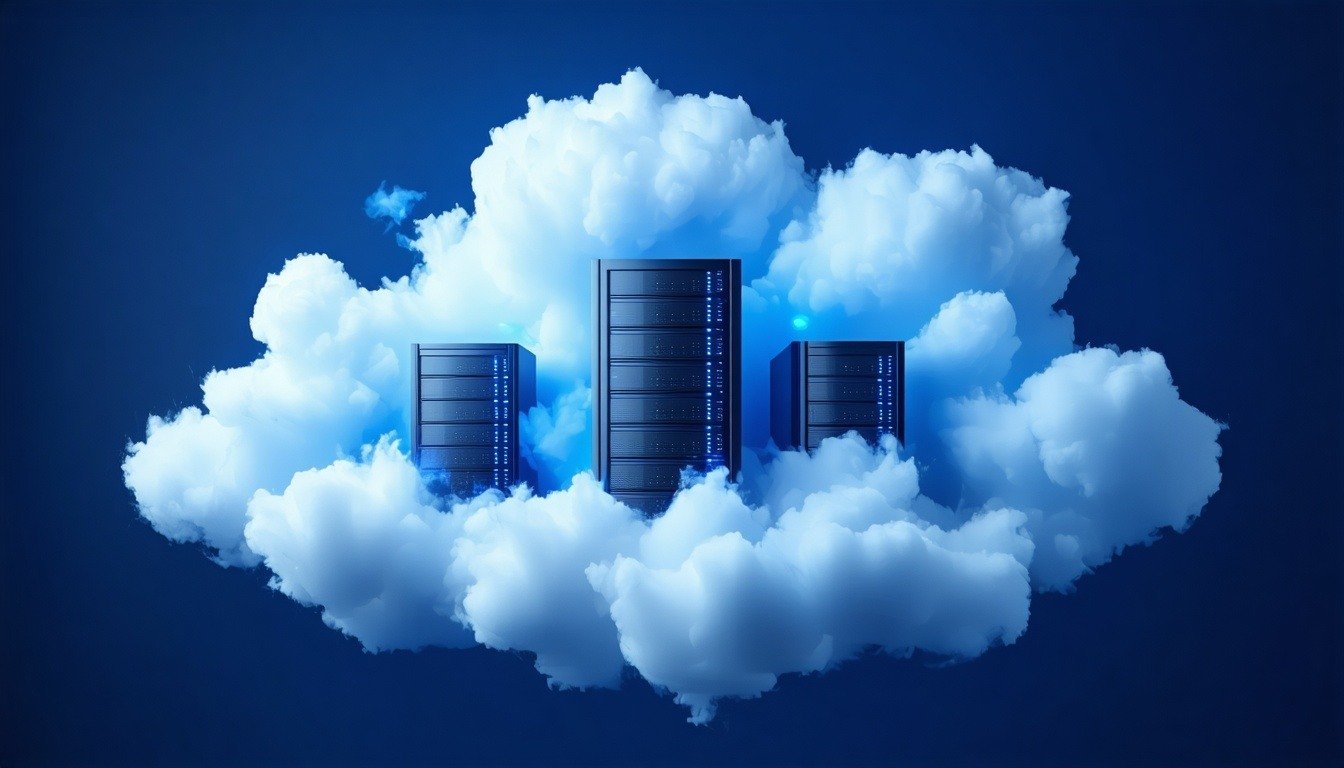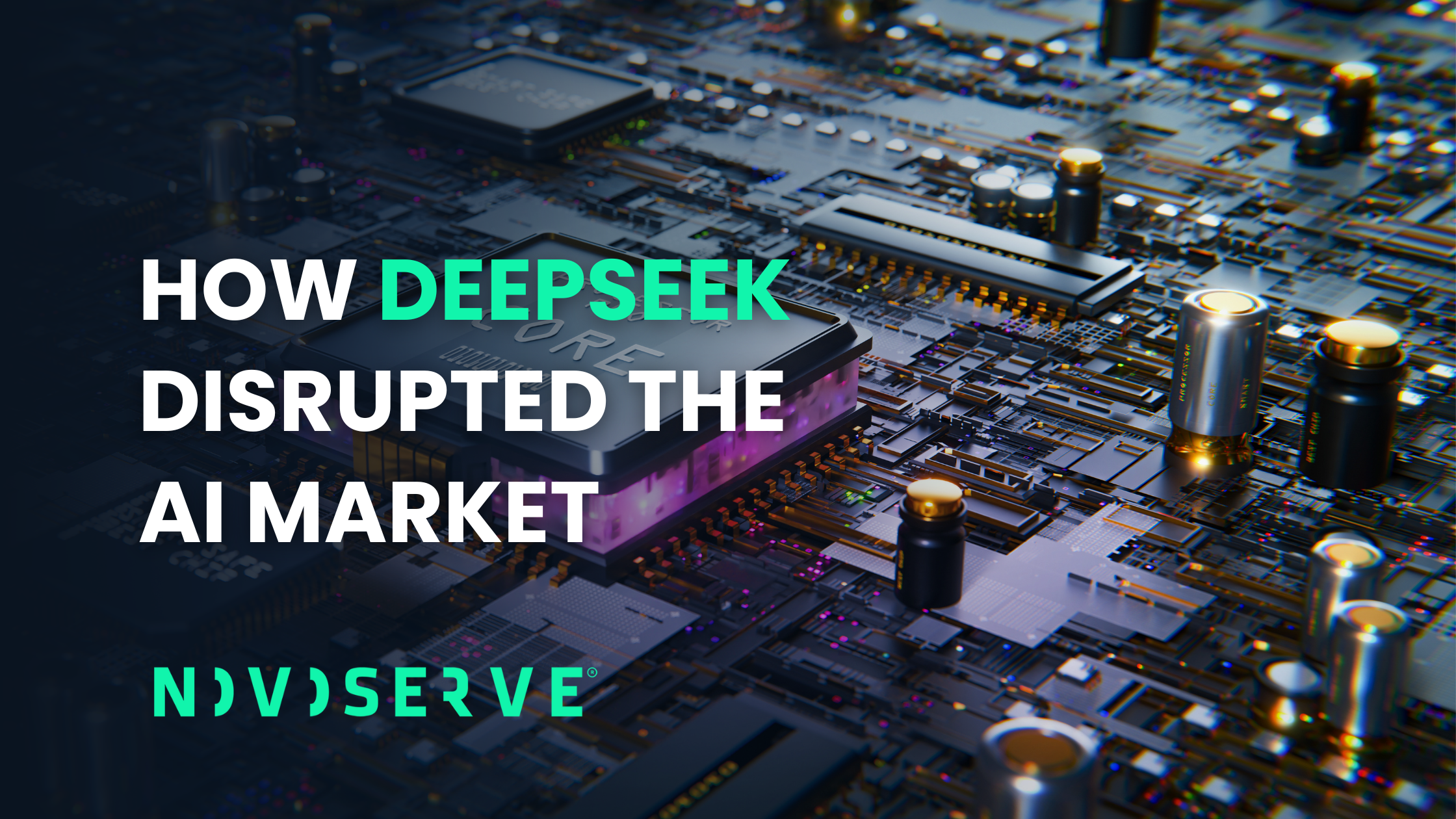Cloud computing has revolutionized the way businesses consume and manage IT resources. One of the most popular cloud computing models is the Infrastructure as a Service (IaaS) model, which allows users to rent computing resources such as servers, storage, and networking. However, running cloud workloads on bare metal servers is a relatively new concept that offers several benefits over traditional cloud computing models. In this guide, we will explore the concept of cloud on bare metal servers, its benefits, and the different approaches to implementing it.
What is Cloud on Bare Metal Servers?
Cloud on bare metal servers refers to the deployment of cloud infrastructure on physical servers without any virtualization layer. In this model, each server is dedicated to a single tenant or customer, eliminating the overhead associated with hypervisors and allowing for direct access to the underlying hardware. This approach provides several advantages over traditional virtualized cloud environments.
One of the primary benefits of running cloud workloads on bare metal servers is improved performance. By bypassing the virtualization layer, applications can leverage the full power of the underlying hardware without any resource contention caused by sharing resources with other VMs. This is particularly beneficial for high-performance workloads that require low latency and high I/O throughput, such as databases, big data analytics, and machine learning applications.
Another advantage of cloud on bare metal servers is enhanced security and isolation. With dedicated hardware, tenants have complete control over their infrastructure and can implement security measures tailored to their specific requirements. This eliminates the "noisy neighbor" problem often encountered in multi-tenant virtualized environments, where one tenant's activities can impact the performance and security of others. Additionally, bare metal servers offer better protection against side-channel attacks that exploit vulnerabilities in shared resources.
Scalability is another key aspect that makes cloud on bare metal servers attractive. With virtualized environments, there is typically a limit to how many VMs can be deployed on a single physical server due to resource constraints. In contrast, bare metal servers can support a higher number of containers or lightweight virtualization technologies, allowing for greater scalability and density of workloads. This is particularly beneficial for cloud-native applications that are designed to run in containerized environments.
Furthermore, cloud on bare metal servers offers more flexibility in terms of hardware customization. Tenants can choose the specific hardware configurations that best suit their needs, including CPU, memory, storage, and networking options. This level of customization is not always possible in traditional virtualized cloud environments, where tenants are limited to predefined VM sizes and configurations.
Advantages of Bare Metal
- Performance: Bare metal servers can offer superior performance compared to virtualized cloud instances, especially for workloads that require high computational power or low latency.
- Customization: With bare metal servers, organizations have full control over the hardware configuration, allowing for customization to meet specific performance or security requirements.
- Predictability: Since bare metal servers are not affected by the “noisy neighbor” problem that can occur in shared cloud environments, they can provide more predictable performance for critical workloads.
- Security: Some organizations prefer bare metal servers for sensitive workloads due to the perceived security advantages of not sharing physical hardware with other tenants.
Why Cloud on Bare Metal?
While both cloud infrastructure and bare metal have their own strengths, there are scenarios where running a cloud environment on bare metal servers can be advantageous. By leveraging bare metal servers as the underlying infrastructure for cloud services, organizations can combine the benefits of both approaches.
Better Performance: Bare metal servers offer superior performance compared to virtualized servers because they do not have the overhead of a hypervisor. This means that cloud workloads can run faster and more efficiently on bare metal servers.
Improved Security: Bare metal servers are more secure than virtualized servers because they do not have the vulnerabilities associated with virtualization technology. This makes them ideal for running sensitive workloads and applications.
Cost Savings: Running cloud workloads on bare metal servers can be more cost-effective than traditional cloud computing models. This is because businesses do not have to pay for the overhead of virtualization technology, such as the cost of licensing and maintaining a hypervisor.
Approaches to Implementing Cloud on Bare Metal Servers
There are several approaches to implementing cloud on bare metal servers, including:
Virtualization of Bare Metal Servers: This approach involves running a hypervisor on bare metal servers to create virtualized environments for cloud workloads. This approach offers the benefits of virtualization, such as portability and flexibility, while still providing the performance and security benefits of bare metal servers.
Containerization: Containerization involves running cloud workloads in containers, which are lightweight and portable environments that can be run on bare metal servers. This approach offers the benefits of cloud computing, such as scalability and flexibility, while still providing the performance and security benefits of bare metal servers.
Novoserve offers everything you need to build your own cloud on Bare Metal servers.
Our mission is to empower you with the best innovative Infrastructure-as-a-Service solutions. And keep it sustainable for many decades by providing these services with the lowest ecological footprint possible.
Founded in 2014, NovoServe is an entrepreneurial and tech-oriented organization. We are here to offer you high-performing, scalable dedicated bare metal servers on a secure and resilient platform. As a fast-growing company, we already have over 7,000 physical servers under management.
Our robust network is built on enterprise-grade infrastructure to deliver high uptime with superior performance, reliability, scalability, and security to unlock your technological and business potential. Its intelligent architecture provides for flexible and highly redundant international network paths. The massive network capacity - currently over 20Tb/s - ensures and guarantees sufficient bandwidth to handle any sudden spike in traffic, therefore providing you with network SLA guarantees and a high uptime track record.


